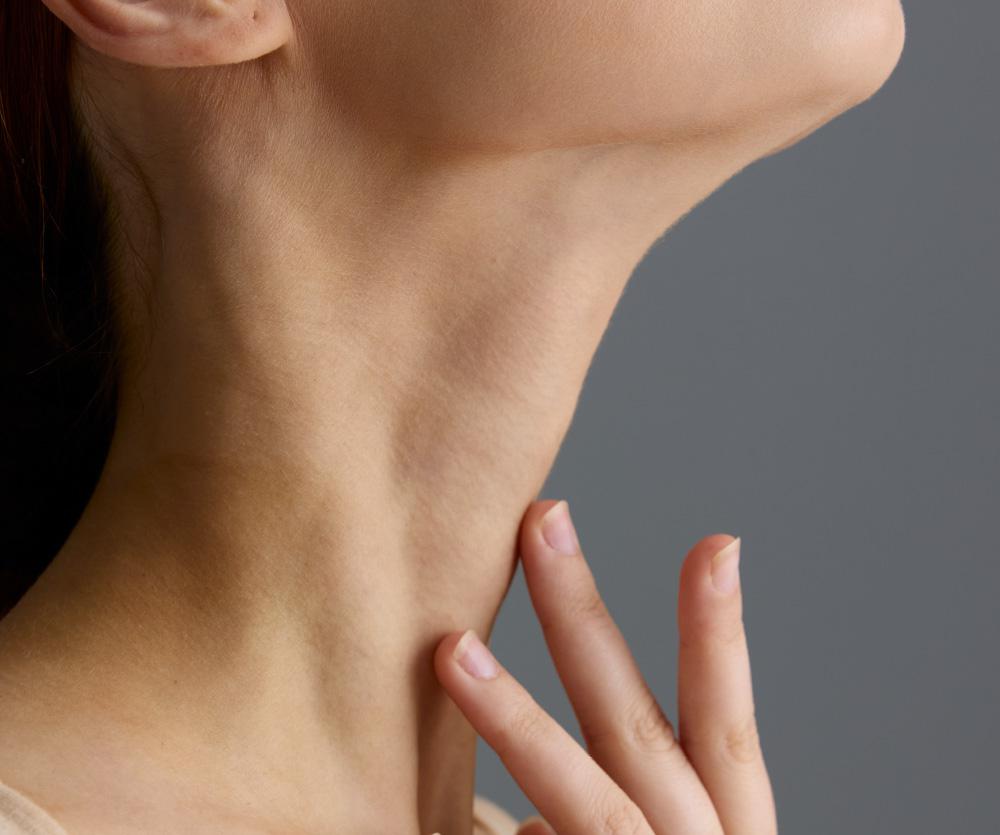Body Sculpting
WEITER lesenRecent articles
Search by Category
FACE
Facelift
Rhinoplasty
Septoplasty
BREAST
Breast Augmentation
Breast Lift
Motiva Implants
BODY
Brazilian Butt Lift (BBL)
Non-surgical
Botox
Buccal Fat Removal
Consumer Led Aesthetics
Fillers
Laser Hair Removal
Body Contouring

Body Sculpting
WEITER lesen
Body Sculpting
WEITER lesen
Body Sculpting
WEITER lesen
Body Sculpting
WEITER lesen
Body Sculpting
WEITER lesen
Body Sculpting
WEITER lesen
Body Sculpting
WEITER lesen
Body Sculpting
WEITER lesen

























































































